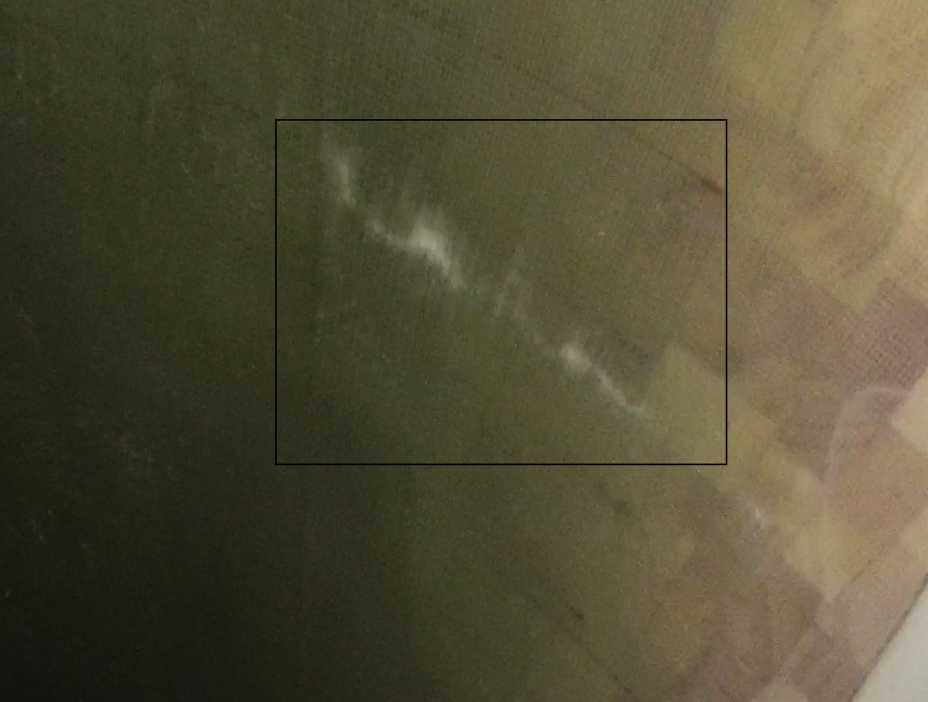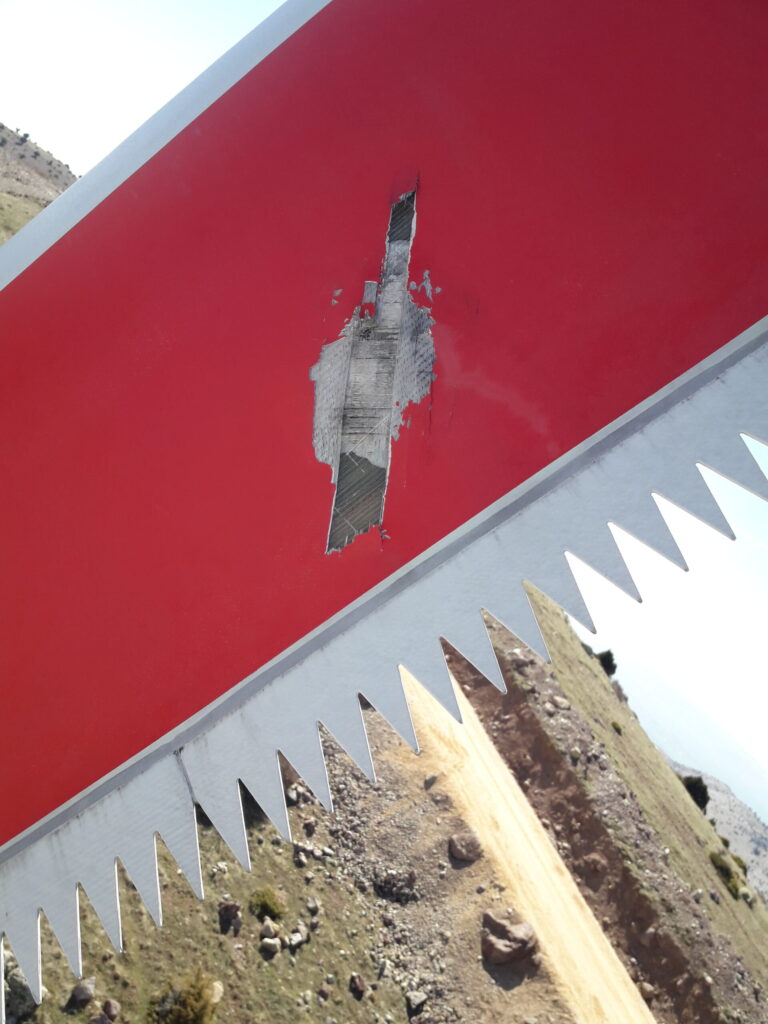A blade maintenance strategy is essential for the successful operation of a wind farm. It is now a well-known fact that blades will require maintenance over the lifetime of a windfarm, and a structured approach is required to minimize the associated costs. Even though there are general guidelines on how often to inspect and repair blades, it is often required to include specifically tailored elements, based on the turbine(blade) type within a windfarm, its geographical location, as well as environmental conditions. In this article we will cover considerations about the inspection and repair planning for different stages of a wind farm’s lifecycle.
Wind turbine age
Wind turbine age is an important factor when determining the most appropriate maintenance actions for its blades. In our workflow, there are three main stages in the operation cycle of a turbine.
- Early life (0-5 years in operation) – During that phase there is high emphasis on the structural and surface integrity of blades.
- Mid-life (5-20 years in operation) – During that phase there is high emphasis on the production availability of a turbine.
- Late life (20-25 years in operation) – During that phase the emphasis is on ensuring the safe operation of a windfarm with minimal cost of repairs and inspection.
Inspection planning
A well-planned inspection campaign is needed to detect blade defects and ensure they are repaired in the right time. A balanced inspection campaign ensures sufficient coverage of blades, without adding unnecessary downtime to the wind farm.
- Early life inspection planning – Inspection campaigns are carried out to create a baseline for the blades’ condition in the windfarm. In the first years of the turbines’ operation the structural defects that appear will be mainly related to manufacturing inconsistencies, or incidents during transportation and installation. On the surface condition spectrum, defects are expected if there have been non-conformities during the Leading Edge Protection (LEP) application in factory, or if the selected material does not have the required erosion resistance properties for the given location. A highlight from the early life inspection planning is the End of Warranty (EoW) campaign, that aims to discover and claim manufacturing related defects. Even after the EoW is complete frequent inspections add value, as they will help with assessing the repair quality and discovering early life fatigue damages.
- Mid-life inspection planning – Inspection campaigns cover certain portion of the windfarm to check the general condition of the blades, after the baseline has been built in the first years of operation. In the Mid-life inspection planning, the site specifics play an important role, as inspections are planned around the most influential environmental effect, or a known manufacturing/design flaw. An example can be inspection campaign revolving around lightning activity, where blade inspections are motivated by lightning hitting in the collection area of a turbine. In this case, when checking for potential damages on the blades from the lightning event, the inspection will also record and assess the general blade condition. Another example can be inspection campaigns at the end of winter season, that will capture potential icing damages.
- Late life inspection planning – The inspection approach in the last years of a wind farm includes creating an overview for the blade conditions, and observation of specific defects that have been left untreated. When the turbines approach decommissioning an equation about inspection frequency, repair/monitor, turbine shut down shall be solved to minimize costs.

Repair planning
- Early life – The repair scope consists of structural defects in all blade areas, LE surface defects exposing surface laminate in the erosion zone, and all malfunctioning systems and addons on the blade. Eligible defects are repaired without delays, or turbines are curtailed/stopped until environmental conditions are suitable to avoid added fatigue increasing the scope and complexity of the repairs. End of Warranty campaigns are usually the time when major retrofits are installed over large parts of the portfolio if required.
- Mid-life – Repairs are planned and performed over repair campaigns, unless a critical defect that requires immediate response is detected during inspections. In the start of this period repairs will revolve around specific issues generated by the surrounding environment, or blade type. Towards the end of the mid-life some fatigue related structural damages are expected to appear.
- Late life – During that phase only major structural damages are considered for repair, while surface defects are neglected. When the turbine approaches decommissioning, repairs are evaluated against the expected revenue generated by the turbine and sometimes turbine shut down is more viable option.

Closing Remarks
The goal of a blade maintenance strategy is to minimise operational cost by undertaking a structured approach in inspection and repairs. It should be noted that it is an evolving protocol based on the condition of a windfarm. It is important to understand defect development rates and most influential environmental effects for each site to ensure efficient approach. Consistent defect marking and classification lies in the basis of creating a functional blade maintenance strategy. Reach out to our specialist if you need support in determining the best data-driven approach for inspection and repair of your wind turbine blades.



